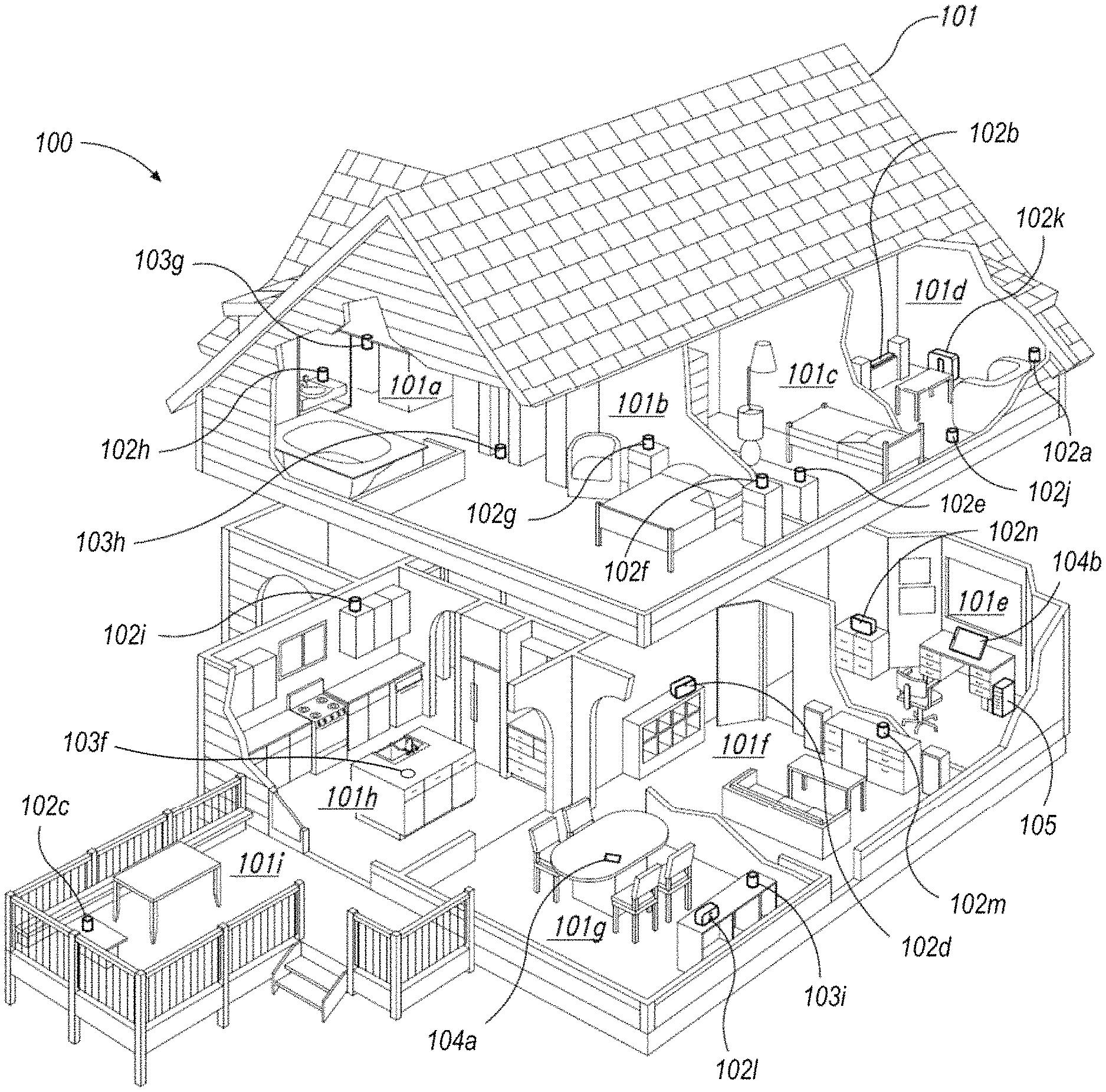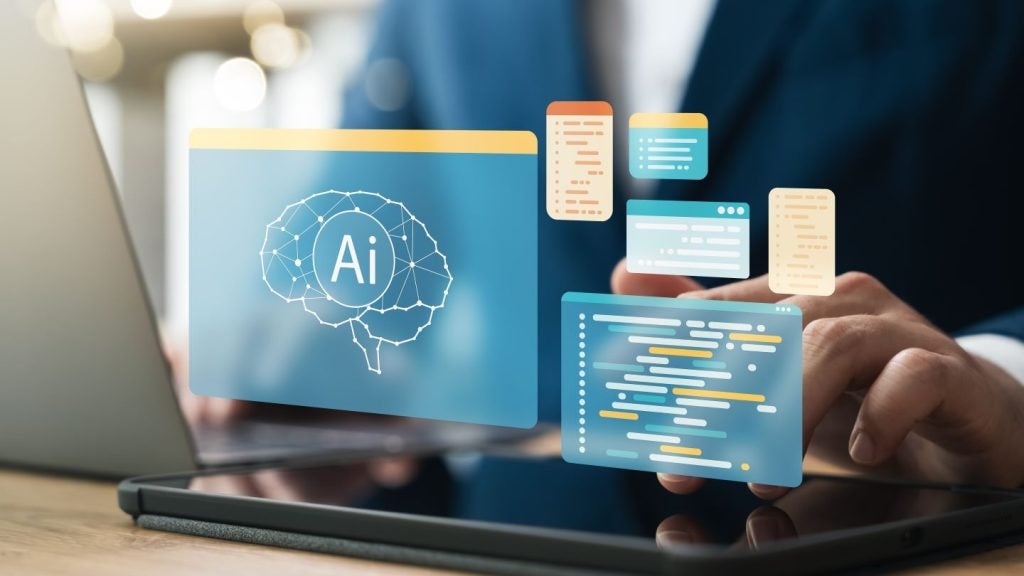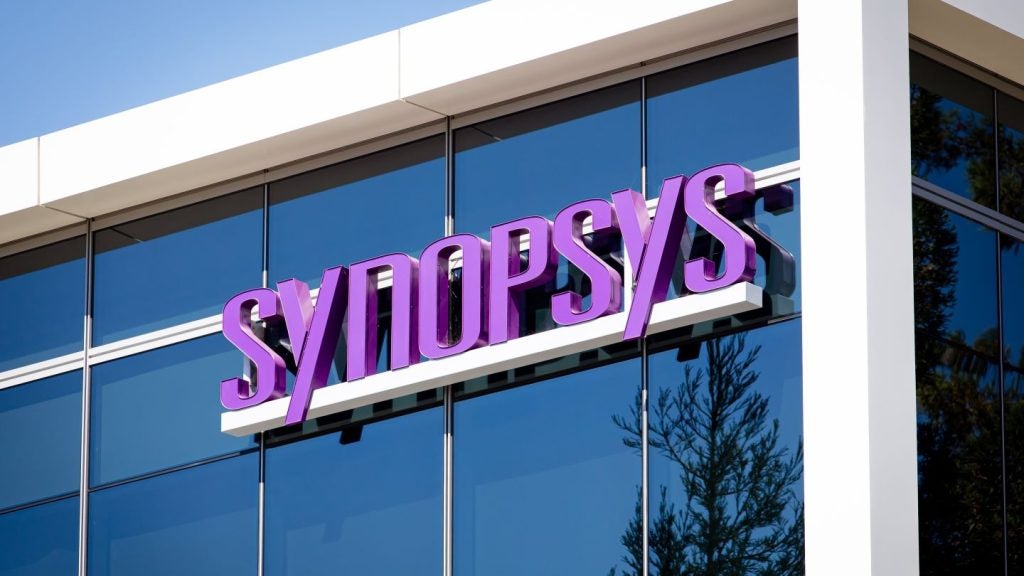Sonos has been granted a patent for a playback device that includes a command-keyword engine with a local natural language unit (NLU). The device can detect command keywords in voice input, determine if the input includes keywords from a predetermined library, transmit the input to another device with a different library, receive a response, and perform an action based on the intent determined by the NLUs. GlobalData’s report on Sonos gives a 360-degree view of the company including its patenting strategy. Buy the report here.
According to GlobalData’s company profile on Sonos, A/V playback synchronization was a key innovation area identified from patents. Sonos's grant share as of September 2023 was 61%. Grant share is based on the ratio of number of grants to total number of patents.
Playback device with voice command recognition and network communication

A recently granted patent (Publication Number: US11771866B2) describes a playback device with advanced voice command capabilities. The device includes at least one microphone, a network interface, one or more processors, and data storage with executable instructions.
The playback device is designed to receive input sound data from the microphone, detect a first command keyword in the voice input, and determine whether the input sound data includes keywords from a predetermined library using a local natural language unit (NLU). If the first command keyword is detected, the device transmits the input sound data to a second playback device via the network interface. The second playback device employs a different local NLU with a different predetermined library of keywords. The response from the second playback device is received, and an action is performed based on the intent determined by either the first local NLU or the second NLU, depending on specific keywords in the voice input.
The patent also mentions the ability of the playback device to select the second playback device from a group of additional devices based on the input sound data. Each additional device has its own NLU and a different predetermined library of keywords. Additionally, the first predetermined library of keywords is associated with a first intent category, while the second predetermined library of keywords is associated with a second intent category.
The playback device may also include a voice assistant service (VAS) wake-word engine that generates a VAS wake-word event when a wake word is detected in the input sound data. In this case, the device streams the sound data to voice assistant service servers.
The patent further describes the comparison of results between the first local NLU and the second NLU. This comparison involves confirming that a keyword detected by the first NLU is identical to a keyword detected by the second NLU.
The input sound data is transmitted and the response is received via a local area network.
In summary, the granted patent outlines a playback device with advanced voice command capabilities, including the ability to detect keywords, transmit data to other devices, and perform actions based on the intent determined by different NLUs. The device can also select specific devices based on input sound data and compare results between different NLUs.
To know more about GlobalData’s detailed insights on Sonos, buy the report here.
Data Insights
From

The gold standard of business intelligence.
Blending expert knowledge with cutting-edge technology, GlobalData’s unrivalled proprietary data will enable you to decode what’s happening in your market. You can make better informed decisions and gain a future-proof advantage over your competitors.







